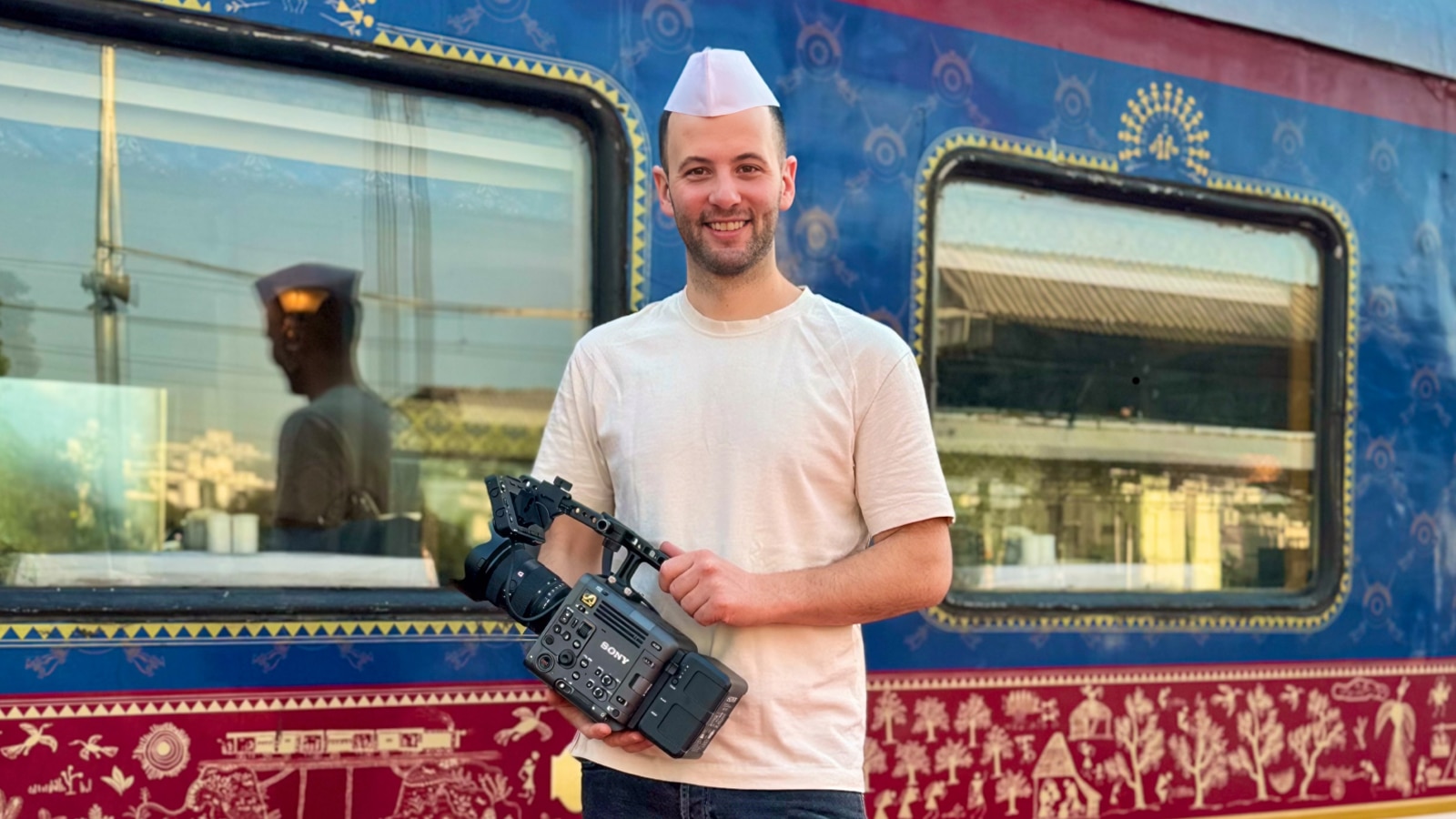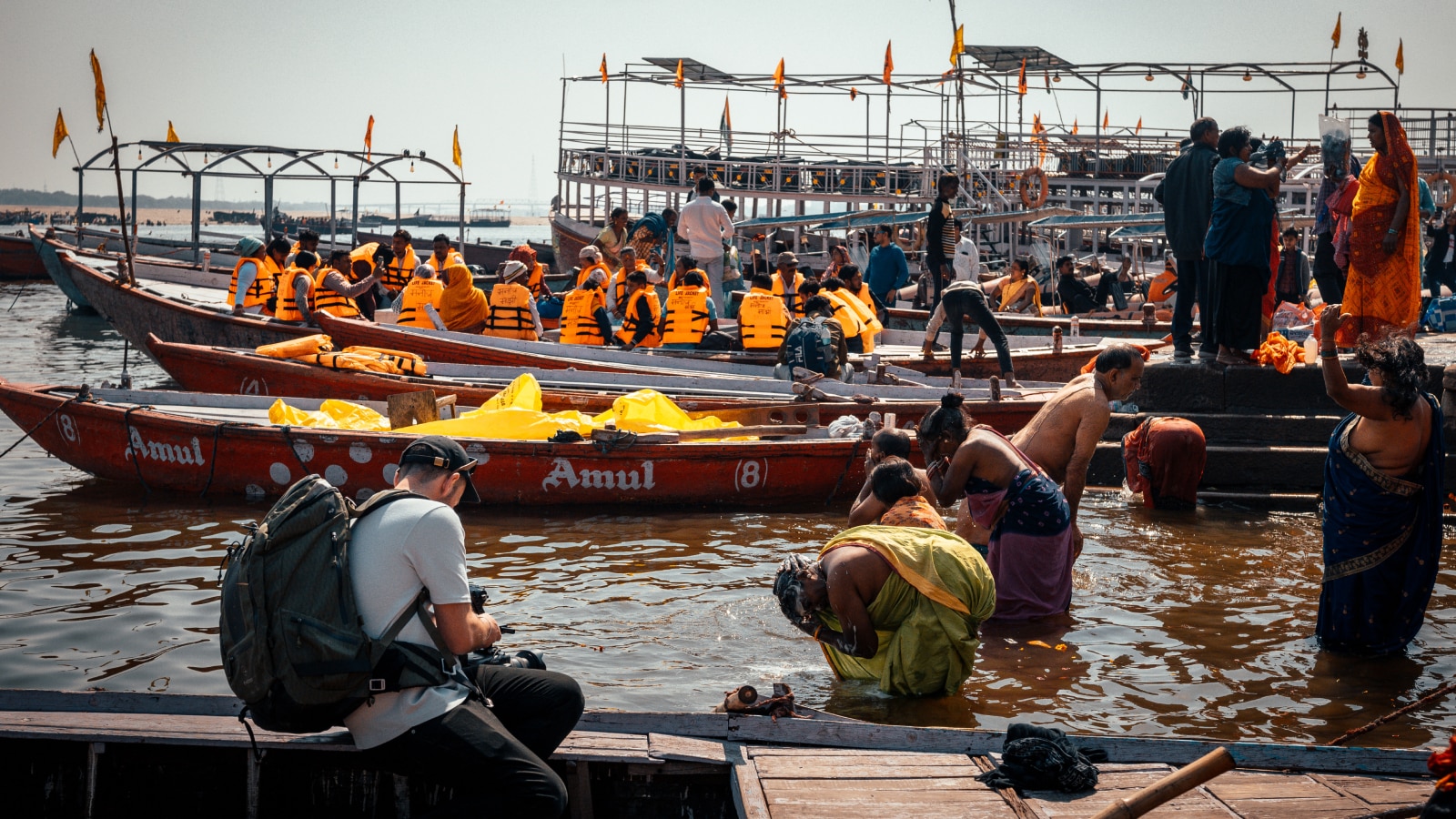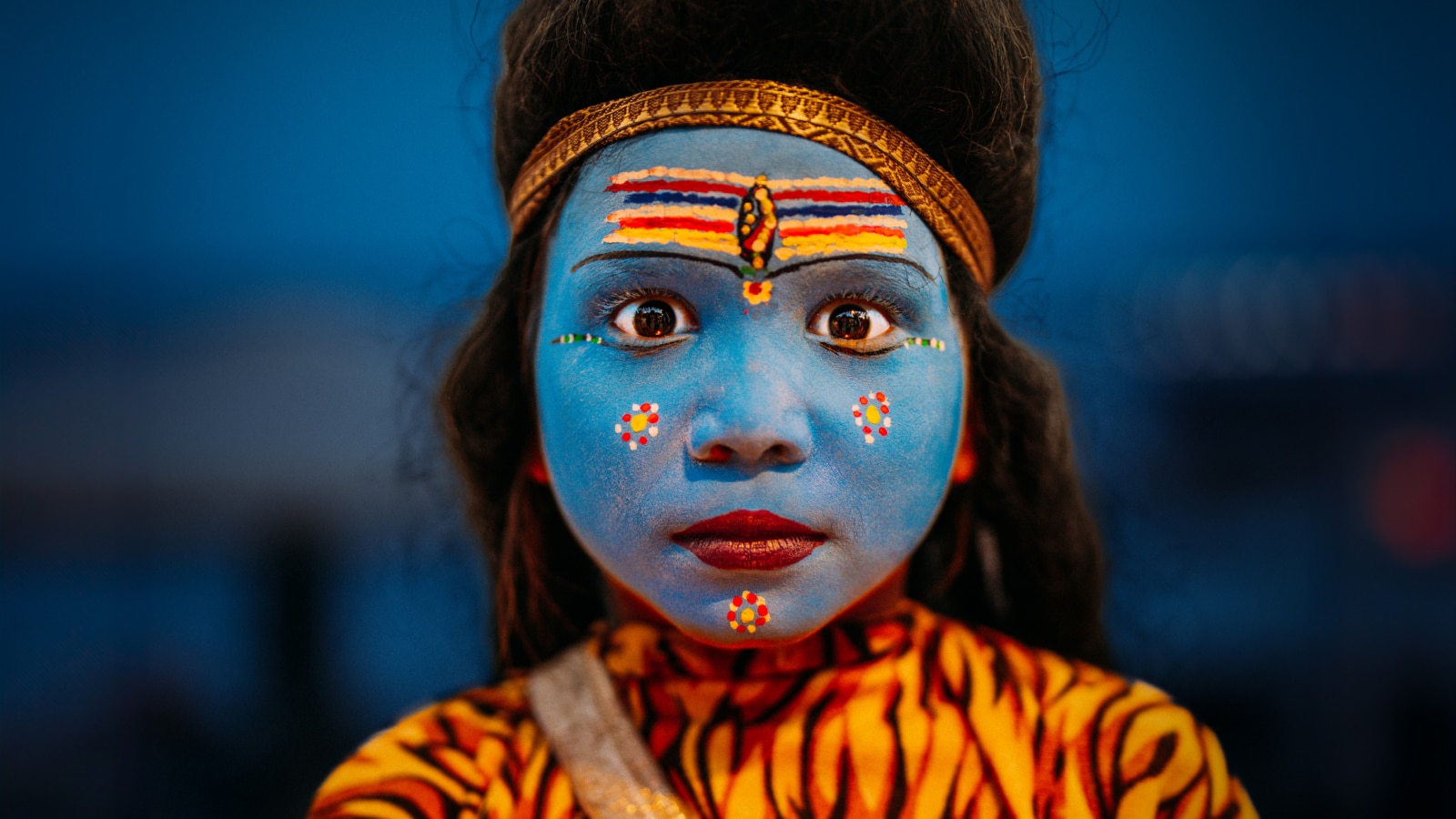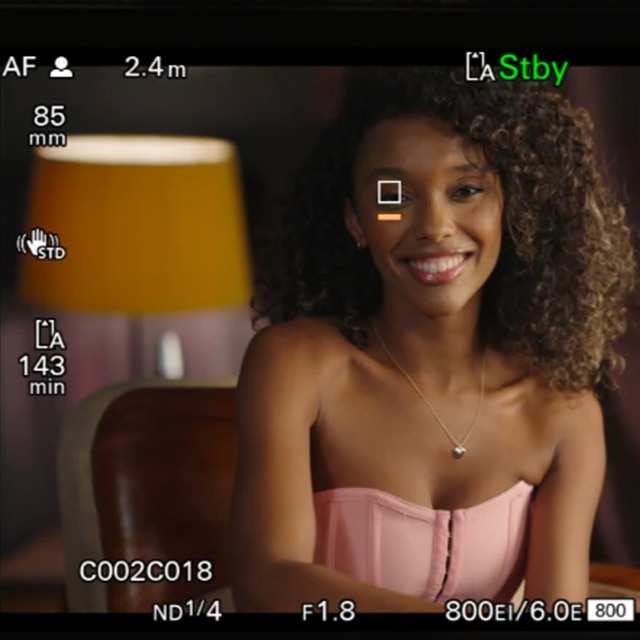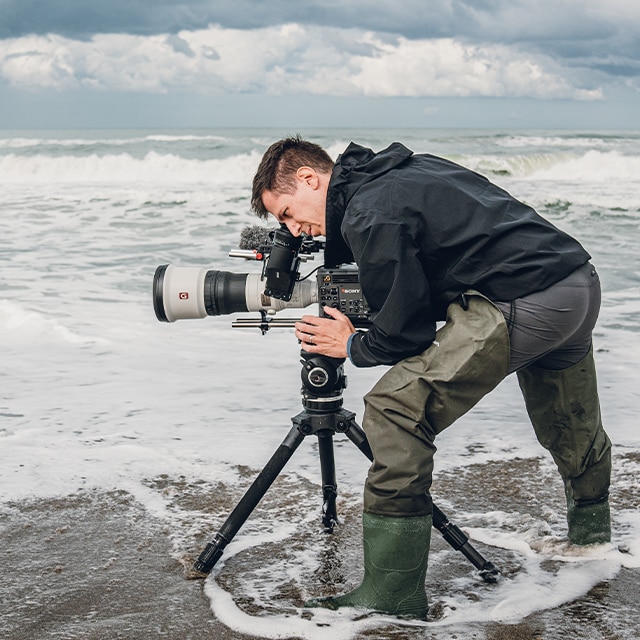
Dennis Schmelz takes on an Indian voyage with BURANO
Introduction
After years of filming for travel and tourism companies, filmmaker and Sony Pro Ambassador Dennis Schmelz began to feel the pull of solo adventure. Remembering a transformative visit years before, he decided to film an epic railway journey across India. Starting in Mumbai, the route made its way to Varanasi, one of Hinduism’s holiest destinations. Aa place of pilgrimage and mourning, it was unlike any place he’d ever heard of. And Dennis knew that he had to capture the journey there in all the detail and richness that he possibly could.
And, as a solo shooter, he turned to Sony’s BURANO cinema camera as the perfect companion to capture the colours, textures and stories that he saw.
Compact form, natural filmmaking
This was Dennis’ first experience using the BURANO. Having previously relied on the lightweight FX3, Dennis was eager to push his filmmaking further by using this new camera. His decision proved transformative; he was captivated by the camera’s compact form and VENICE-style cinematic look, combined with the familiar workflow of the FX3, but with built-in ND filters and without the need for extra stabilization equipment.
“Transitioning from the Sony FX3 to the Sony BURANO was a breeze. The intuitive interface, familiar controls, and enhanced features made the upgrade seamless and instantly rewarding.
“I wanted to get back to more natural filmmaking, without all of the extra toys that smooth things out. I’m not interested in capturing perfect images. I’d rather find the scraps of realness and splashes of emotion that can captivate a viewer and pull them into the story.”
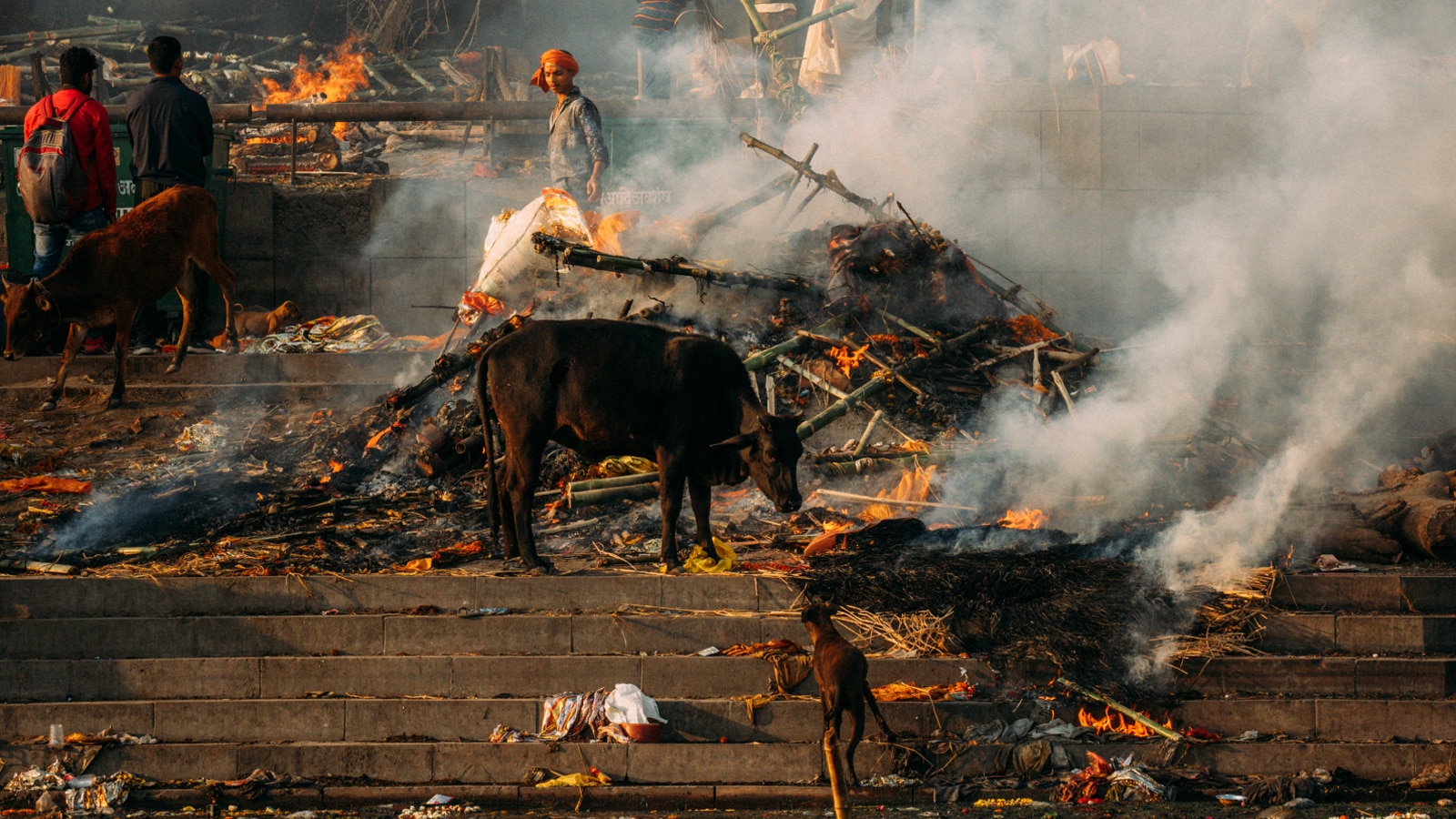
Dennis adapted his shooting style and workflow, choosing to go handheld. But he still needed to find a camera that he could operate as a solo shooter/director, while getting the most beautiful, cinematic shots. And the BURANO was the perfect fit.
“Really the BURANO was the perfect choice between the practicality of filming with a compact FX3 and the huge creative possibilities of shooting with VENICE,” says Dennis. “It gave me freedom of movement and freedom of expression.”
The BURANO’s ability to record internally in X-OCN LT is a game-changer. Sony’s compressed RAW format captures everything from the 8.6K sensor in a broad latitude 16-bit file, offering extraordinary tonal gradation. X-OCN LT reduces storage needs and accelerates file transfer times for 8K content, providing a workflow comparable to a 4K project.
I wanted to get back to more natural filmmaking, without all of the extra toys that smooth things out. I’m not interested in capturing perfect images. I’d rather find the scraps of realness and splashes of emotion that can captivate a viewer and pull them into the story.
Dennis Schmelz
Fluid, adaptable shooting
As the shoot would primarily be handheld and naturalistic, Dennis didn’t want to lose time switching between lenses. He deliberately made choices that would keep things simple: a Sony 50mm F1.2 G Master prime and a Sony 24-70mm F2.8 G Master II zoom lens.
These lens choices would prove invaluable during the trip, as the G Master lenses paired perfectly with the BURANO to deliver clean, dynamic footage that didn’t need any extra stabilisation in post. Having shot in 8.6K 24P at all times, Dennis would make use of smooth shots and shakier footage for his edit, depending on the mood he wanted to achieve at a given moment.
But, at all times, he found that BURANO’s built-in Electronic Variable ND Filter was instrumental to delivering on his vision, as well the Auto ND function.
The Auto ND function proved particularly useful as a solo shooter. Dennis would simply press the Auto ND button and then his BURANO would find the right ND grade for the best exposure. He could continue filming, safe in the knowledge that he was capturing vibrant footage that would give him incredible material to work with in the edit suite.
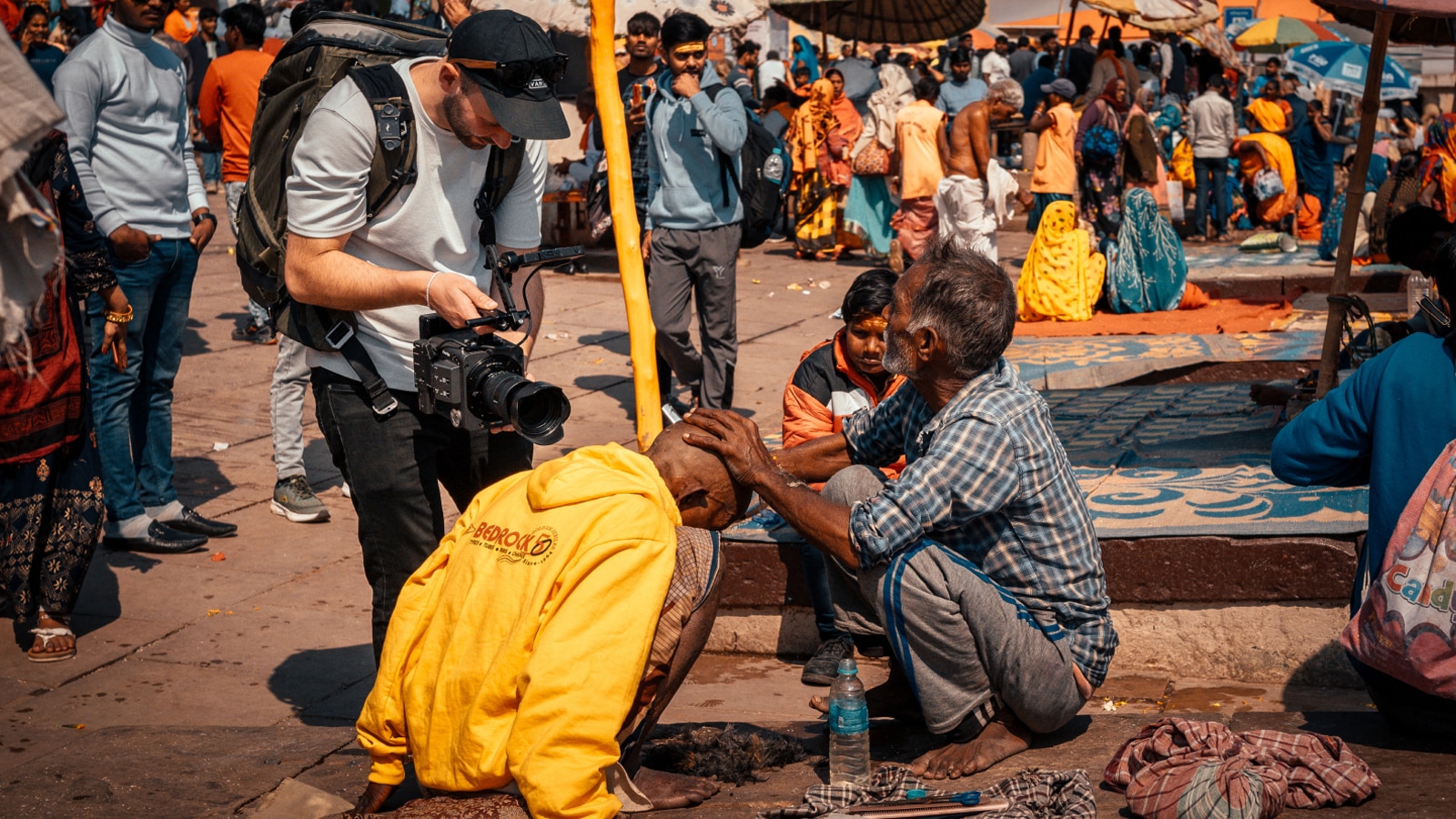
I knew before I set off from Germany that I would be moving between bright sunlight and atmospheric shadows, or just changing sunlight,” says Dennis. “But I hadn’t appreciated just how nimble the built-in [Electronic Variable] ND Filter and Auto ND function would make me: I could adjust and get back to filming in seconds.
Dennis Schmelz
Remarkable, gripping colours
On getting back home to Germany, Dennis was excited to review the extensive footage he’d captured. And he was especially excited to see what the 16-bit colours from the BURANO would reveal:
“This was my first time working with 16-bit footage and I was blown away. Some of the shots I’d captured had troublesome contrast—or at least I thought they did. But when I started to adjust the shadows and highlights in post, I saw just how much I had to play with. I thought I had flexibility with 10-bit footage, but this was on another level entirely.”

For one scene in particular, he had been shooting from inside a dark train, against a very bright sky outside. By quickly masking the windows, pushing the shadows up and bringing the whites down, he suddenly had an HDR image on his grading screen, with all of the textures, shades and details intact.
As Dennis says: “The 8K sensor in the BURANO had exceeded all of my expectations and delivered footage that fully captures the vivid scenes and astonishing visuals of a transformational journey.”
This was my first time working with 16-bit footage and I was blown away. Some of the shots I’d captured had troublesome contrast—or at least I thought they did. But when I started to adjust the shadows and highlights in post, I saw just how much I had to play with. I thought I had flexibility with 10-bit footage, but this was on another level entirely.
Dennis Schmelz
